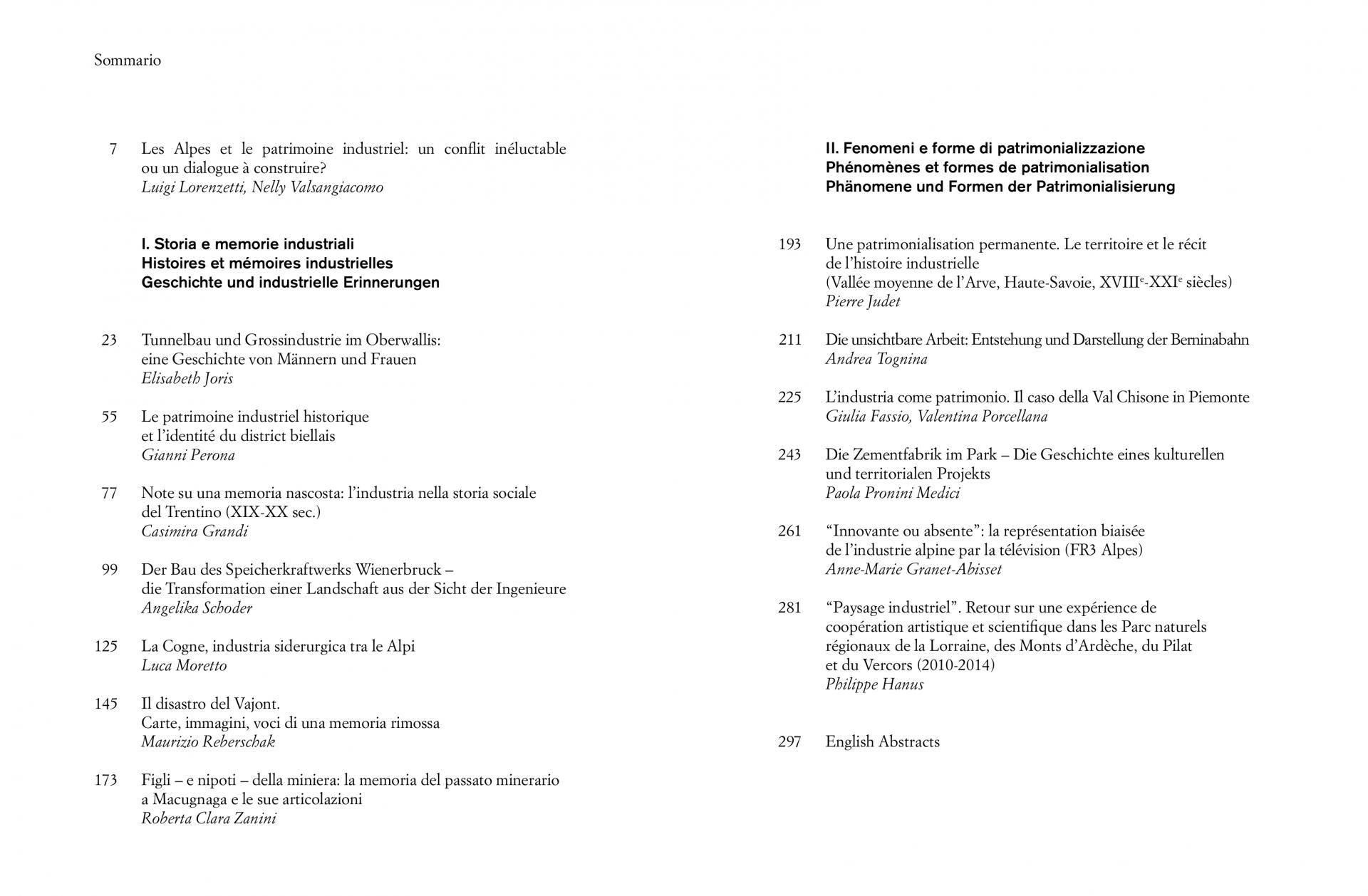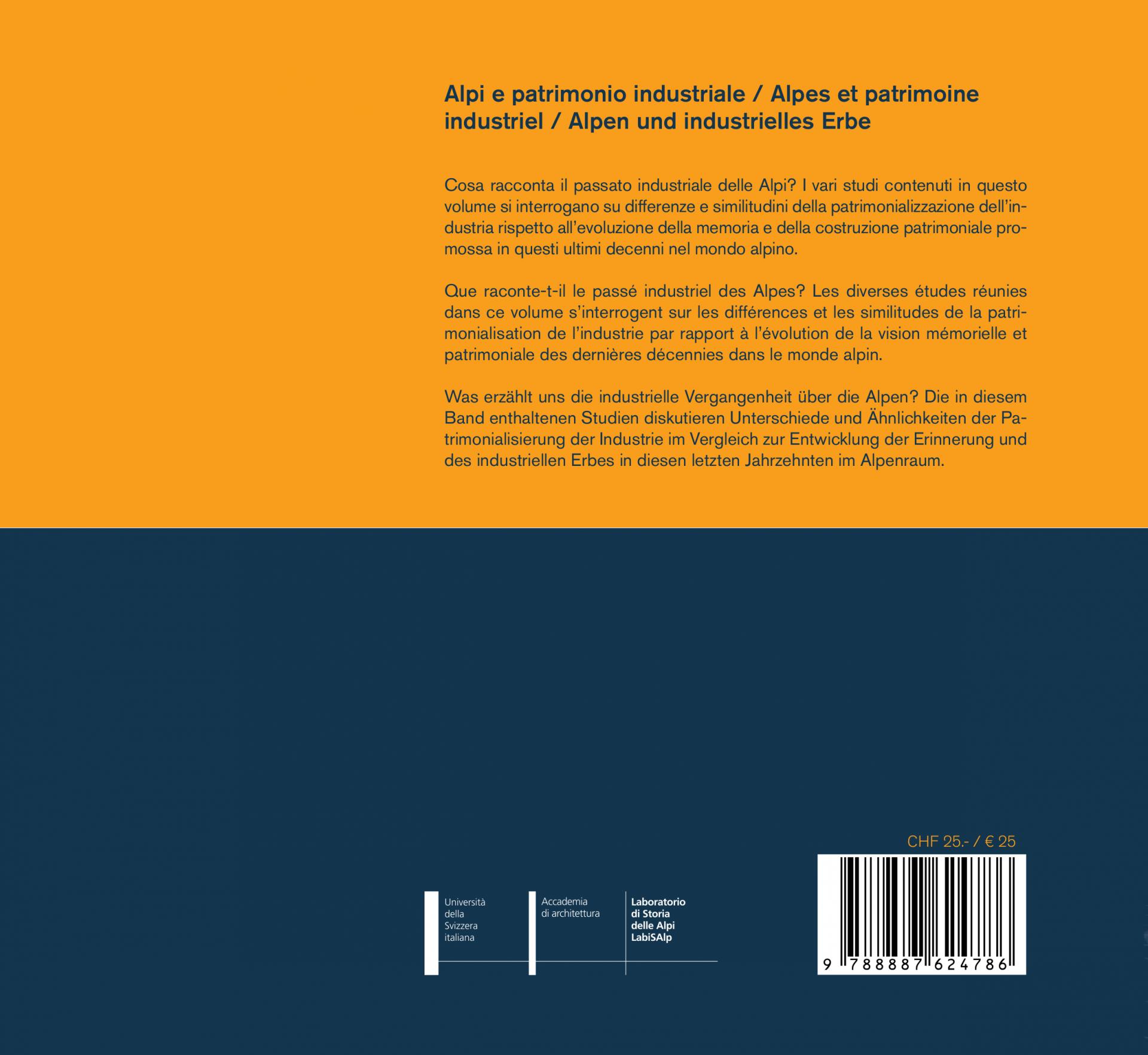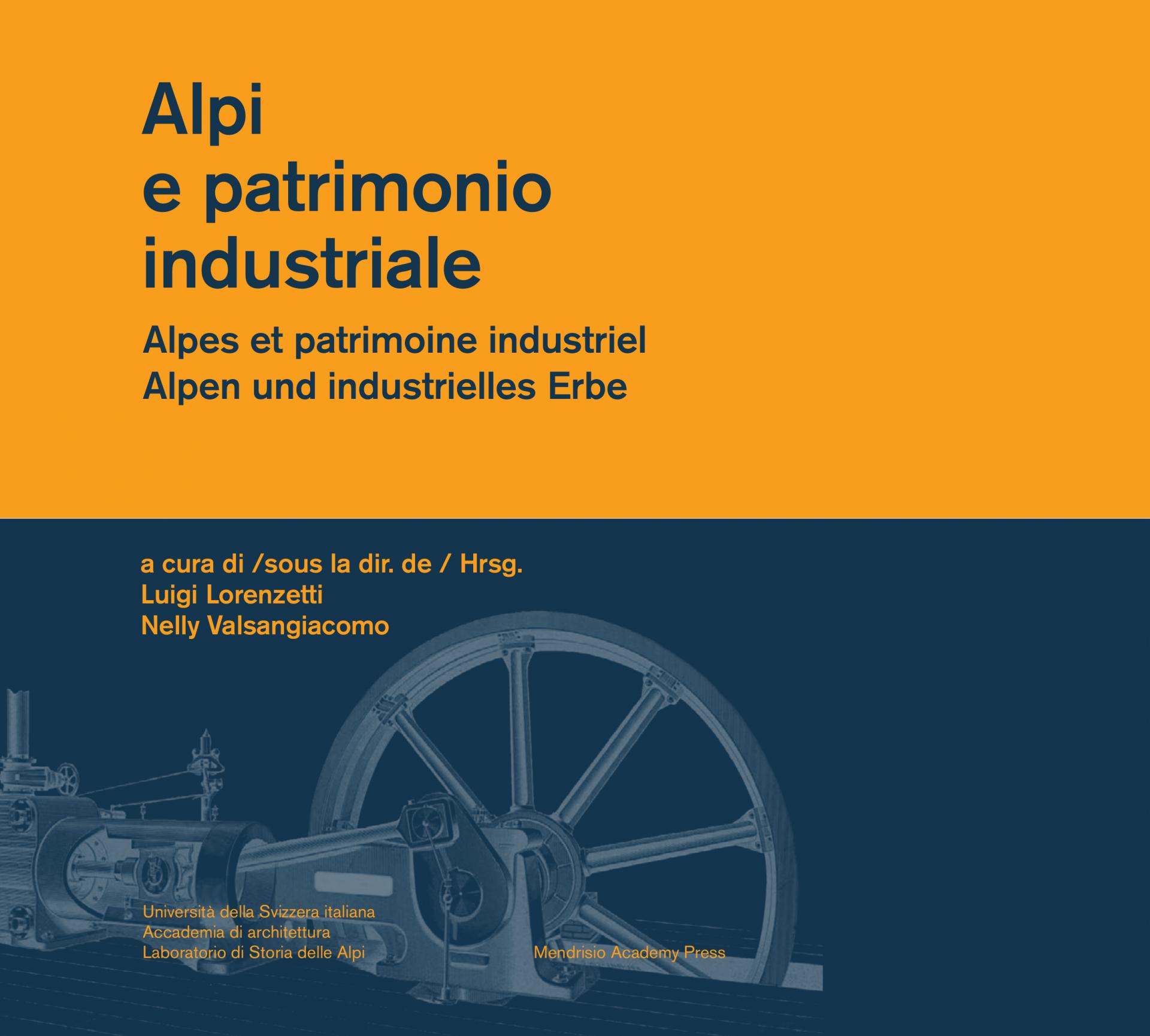books
La Cogne, industria siderurgica
tra le Alpi
in "Alpi e patrimonio industriale"
Aosta è un centro urbano alpino di origine romana. Le condizioni per il suo sviluppo nel Novecento, ed il passaggio da villaggio a città, sono state rese possibili dalla presenza di una industria siderurgica, la Cogne, nata in conseguenza della presenza in zona di alcune risorse “naturali”: il minerale di ferro e l’energia idroelettrica. Il caso della Cogne permette di far emergere le caratteristiche della parabola dello sviluppo del moderno in un contesto urbano storico alpino, dalla fondazione al suo declino. L’impatto della Cogne su Aosta è stato imponente: l’area dello stabilimento è arrivava ad avere una estensione superiore a tre volte l’area compresa nelle mura romane della città antica. Nel 1948 i lavoratori alla Cogne erano pari a circa la metà della popolazione della città. L’approccio che ho seguito è multidisciplinare; ho integrato studi, analisi e sintesi di aspetti di natura diversa, sulla scorta di documenti d’archivio in gran parte del tutto inediti, lungo un itinerario che cronologicamente parte dal mare (Genova) e, attraverso la pianura (Torino), giunge in montagna (Aosta).
in:
Alpi e patrimonio industriale. Cultura e memoria, XIX-XX sec.
La Cogne, an iron and steel industry in the Alps
Aosta is an urban alpine center of Roman origin. The conditions for its de-velopment in the twentieth century, and the transition from village to city, were made possible by the presence of an iron and steel industry, the Cogne, born as a result of some “natural” resources in the area: iron ore and hydro-power. The case of Cogne allows to bring out the features of the parable of the development of the modern in an urban alpine historic town, from the foundation to its decline. The impact of Cogne of Aosta has been impressi-ve: the area of the plant came to have an extension of up to three times the area including the Roman walls of the ancient city. In 1948, workers at the Cogne were approximately half the population of the city. The approach that I followed is multidisciplinary; I integrated studies, analysis and synthesis of different aspects, on the basis of archival documents largely completely new, along a route that, chronologically, starts from the sea (Genoa) and, across the plain (Turin), arrives in the mountains (Aosta).
___
Alpes et patrimoine industriel. Culture et mémoire, XIXe-XXe siècles
Alpen und industrielles Erbe. Kultur und Erinnerung,19.-20. Jahrhundert



